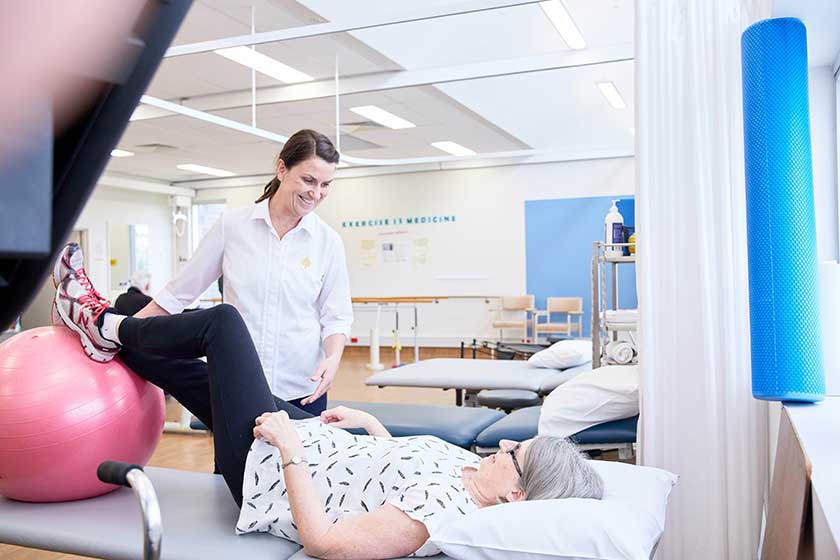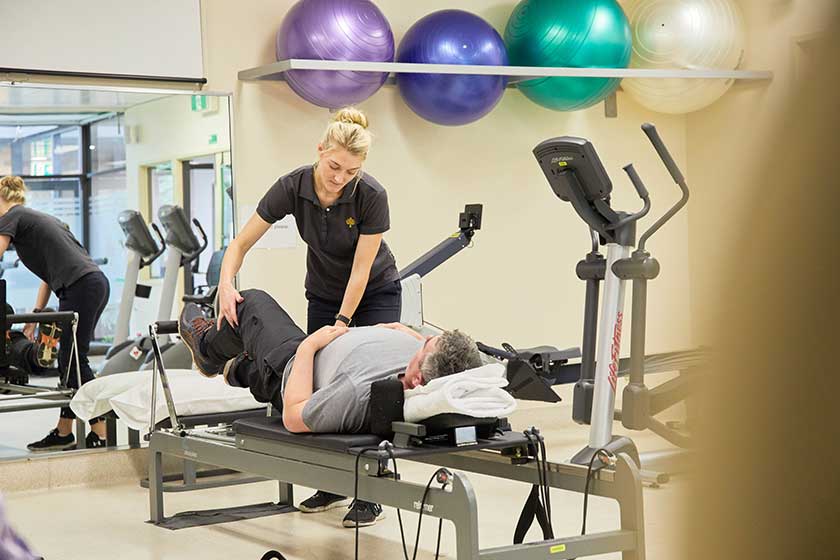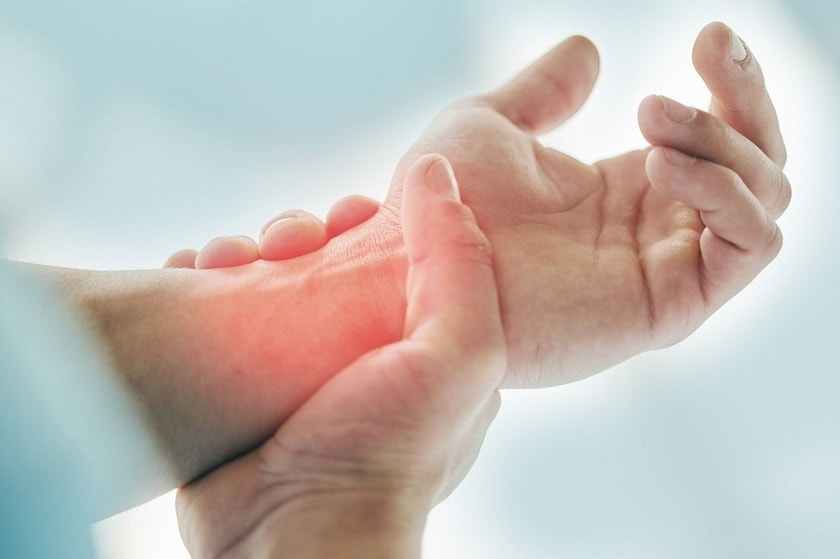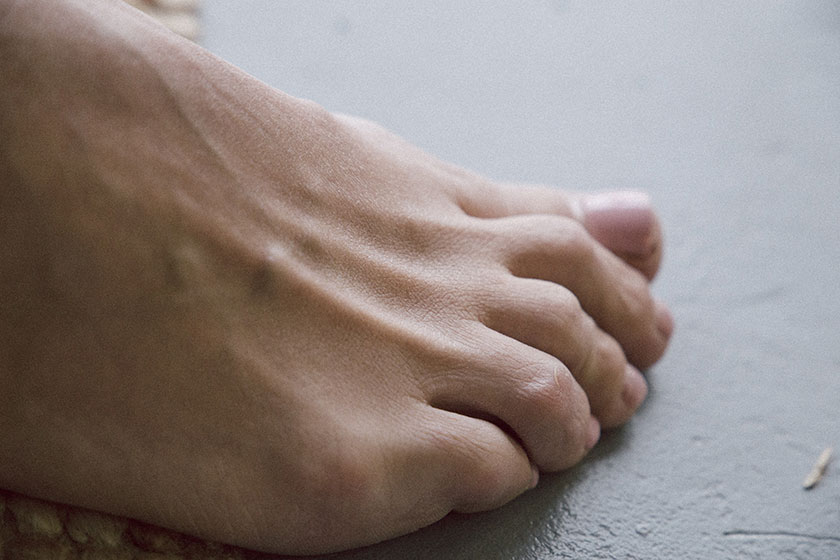The hip joint is a stable joint
The hip joint is a ball and socket joint, similar to the shoulder joint, which is quite stable because it has a deep socket with muscles and ligaments keeping it in place.
Therefore when you are young and your bones are healthy, you are less likely to experience problems with your hip.
Hip problems as you age
As you get older, your joints start to wear down. This wear and tear can lead to pain and swelling.
The most common cause of pain and swelling in your hip is osteoarthritis where the protective cartilage on the ends of your bones breaks down.
Osteoarthritis can become more common as you age, or if you have had injury or trauma, arthritis, a family history of the condition or are obese.
Your bones gradually weaken over time
As you get older, your bones tend to get weaker which can increase your risk of breaking a bone when you fall.
Bone weakness is generally a result of low bone mass. Low bone mass is caused by:
- an inactive lifestyle which can lead to bone wastage
- hormonal changes – for women this can be a result of menopause and for men this can be caused by a gradual decline in sex hormones
- loss of calcium and minerals.
Weak bones increase you chance of breaking or cracking a bone when you fall. Broken or cracked bones surrounding the hip are common reasons for hip surgery.
What can you do to reduce hip problems?
The good news is that while you are more likely to experience hip problems as you age, it is not inevitable.
The best treatment is prevention, so taking a proactive approach is a good first step.
My quick tips are:
- lose weight if you are overweight or obese and maintain a healthy weight
- exercise regularly
- change up your exercise and activities to avoid those things that cause hip pain (the pool can be a great option).
What if I need help?
If you are in pain or notice swelling in your hip, then it is important to get help.
Speak to your general practitioner (GP) about your pain and discomfort. They may be able to refer you to a physiotherapist or occupational therapist for non-invasive treatment.
They can also refer you to an orthopaedic surgeon to provide a specialist assessment of your condition and a range of treatment options.
Any surgical procedure carries risks. Make sure you discuss all possible risks with an appropriately qualified health practitioner.








